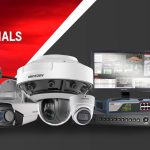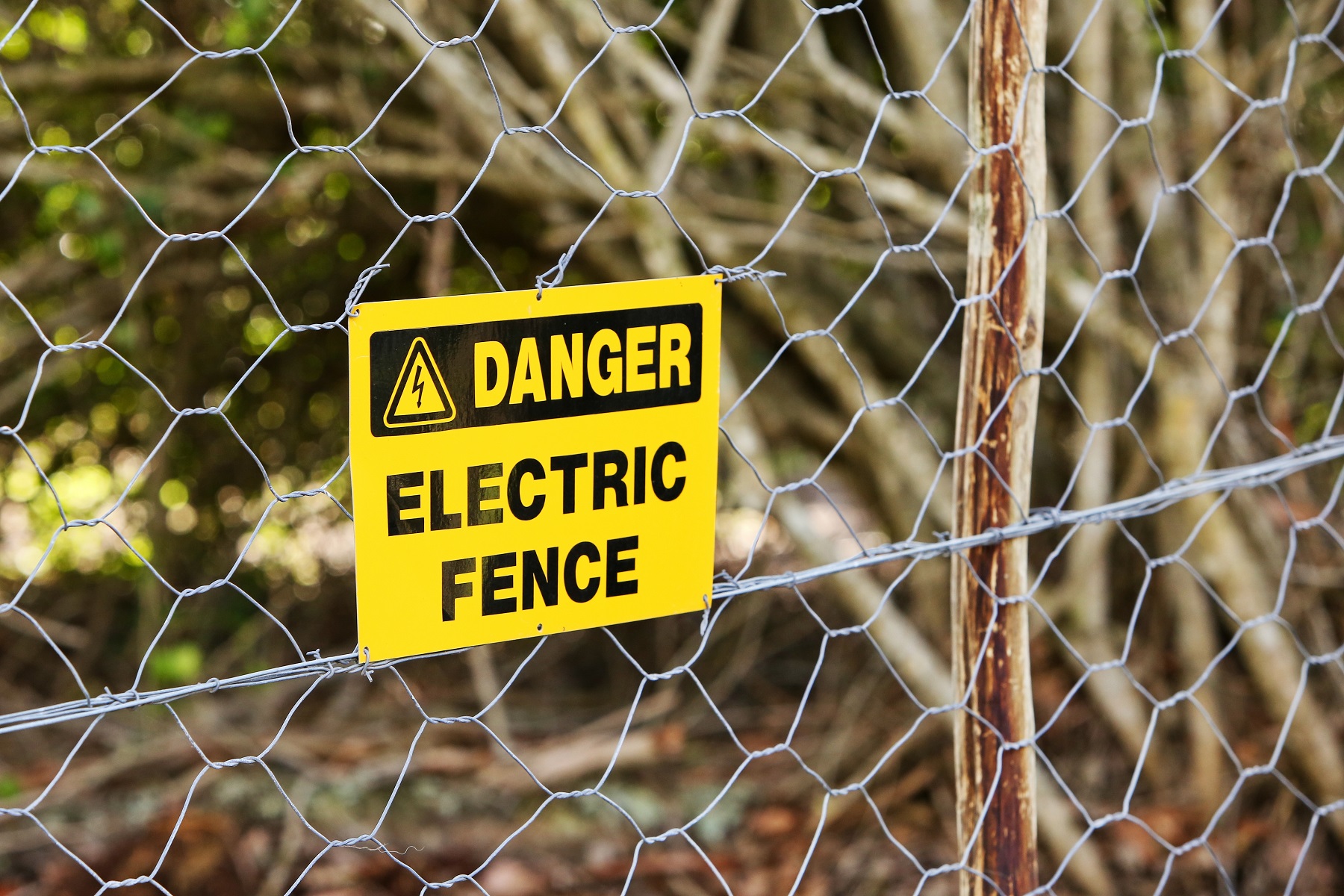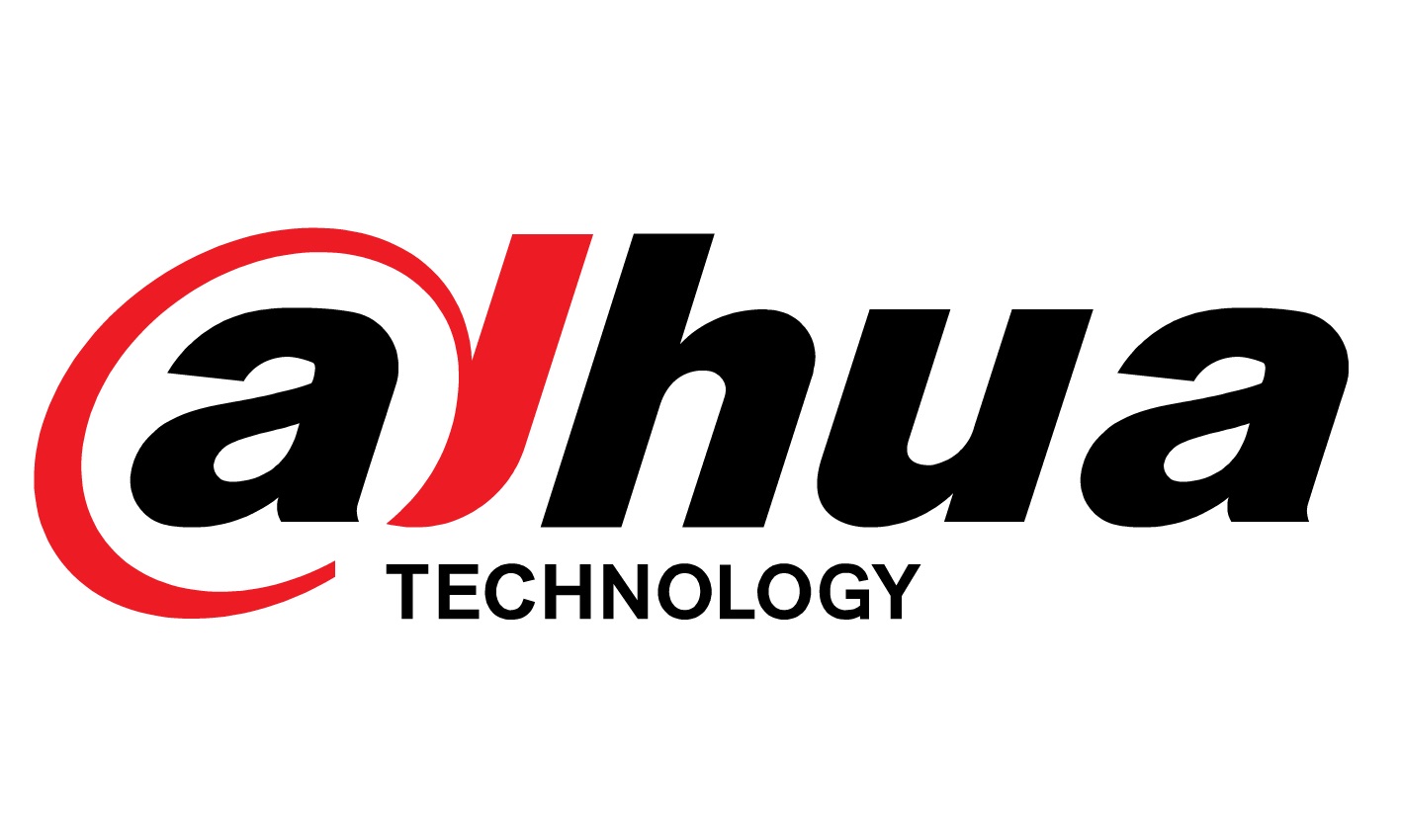Ways to Secure your Property
Nuclear plants, quarries, manufacturers, and photovoltaic farms are examples of industrial enterprises that take up a lot of space and have a lot of entry points. They may be worked on by a large number of workers, both from the primary firm and from the contractors. Other sorts of vital installations connected to national security need additional precautions to avert probable terrorist actions. We’re talking about high-value equipment and facilities that entice burglars. However, in addition to preventing theft, we must also prohibit unauthorized employees from gaining access to avoid accidents, theft of industrial secrets, and securing your property.
This sort of facility’s security system is more complicated, requiring modern technological equipment that installed and maintained by security systems firms’ skilled technical staff. Each installation is unique; monitoring a distant solar park in the middle of nature is not the same as monitoring a business within an industrial estate. Each installation’s risk concerns are unique, necessitating a special engineering analysis for each. The safety management of an industrial plant and other big institutes utilizing perimeter monitoring will be the subject of this essay.
An alarm system’s perimeter security is its first line of defense. Its purpose is to monitor the perimeter of the property to be protected, preventing unauthorized access and acting as a deterrent to those who should not enter our facility. We examine the various perimeter control systems, examining their benefits and potential applications.
CCTV Surveillance System to secure your property
It entails the use of outside cameras to monitor the property. The pictures from the cameras subjected to Intelligent Video Analysis, and all of the images are simultaneously captured on a recording device. They are also visualized by vigilantes on-site and remotely, allowing them to predict the invader. Different types of cameras are visible, such as analog or IP, traditional, infrared, PTZ, and domes. If we are in complete darkness, we may utilize thermal cameras, which create images from heat, or more precisely, the thermal radiation of alive and inanimate things.
There are two types of connections: analog and IP. The majority of installations are now IP, however, there are numerous situations when existing systems must extend, and both technologies must coexist. When planning the installation, it’s critical to think about achieving effective actual coverage and avoiding faulty designs that result in dead zones in security cameras, such as the floor space directly below the surveillance camera that you can’t see, the dead spaces caused by uneven terrain, and so on. To avoid the creation of an unmonitored region, that space must cover by another camera. An ideal design will ensure 100 percent perimeter coverage while reducing the number of devices required. As a result, this design must carry out by a seasoned firm with qualified engineers.
Access control systems
Control access systems use to ensure that only authorized employees have access to a facility. Access to the perimeter of the facility controlled by a pin, fingerprint, or biometric pattern identification system, which prevents attackers from entering. It also assists to demarcate the production locations that may access by employees and eliminate the need for keys.
Monitor Sensors
The infrared-ray-detecting sensors that install outside to detect movement. The system can be active, which means it emits a power source to aid detection, or passive, which means it only sends an alarm when there is a temperature or movement change.
Ground Radar Systems
It’s a fantastic perimeter security system. They are radars that detect the presence of persons or vehicles at both medium and short distances (1500 meters) (700 meters). The ideal for isolated plants surrounded by fields with free access that’s tough to regulate with another method.
Microwave barriers
It can detect concealed presences and motions. For this, use microwave emission. You do not require direct eyesight, as the infrared detector does.
Electrified fences
If someone tries to cut or climb the fence, it sends out a series of messages or sets an alarm. Because this system causes electric shocks to intruders, it is not permitted in many countries; for example, in Europe, it may only use in vital facilities with particular licenses.
Disturbance sensors for microphone cable fences
It’s a cable-based perimeter security system that runs the length of the fence. When you attempt to climb or cut the wire, it transforms into an actual microphone, transmitting sound to the center.
Sensors that detect electrostatic field disturbance to secure your property
When an electric field created with conductors and grounding, the presence may recognized when the electric field changes.
Vibration sensors at certain locations
It is a sort of wireless perimeter alarm that works well. It is made up of a sensor that installs indoors, with windows, and other potential entry points. When the wireless sensor detects vibrations in doors or windows, an alert triggered.
Seismic sensors
When these devices detect vibrations in their sphere of action, an alert trigger. They use to detect earthquakes, but rather vibrations from a variety of sources. An attempted heist through a breach in the wall to obtain access to a vault or against the use of thermal lances to pass through steel or concrete would be a potential red flag.
Conclusion
In conclusion, when it comes to perimeter defense, critical infrastructure sites that must safeguard broad regions with an expanded outside border and multiple entrance points have a particularly tough issue. As a result, real end-to-end perimeter protection necessitates the implementation of a complex, multi-layered system capable of mitigating threats. If you’re thinking about how to keep undesirable people out of your business, you could consider perimeter security. There are a variety of reasons why you might need perimeter security, ranging from local environmental and socio-economic conditions to the nature of your organization and the products and services produced or performed on-site. Perimeter security has a lot of benefits for your company. Visit our website to view more in order to secure your property.


 Dome CCTV Cameras
Dome CCTV Cameras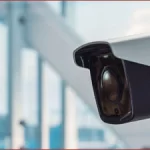 Bullet CCTV Cameras
Bullet CCTV Cameras Day & Night CCTV Cameras
Day & Night CCTV Cameras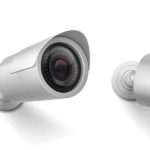 C-Mount CCTV Cameras
C-Mount CCTV Cameras